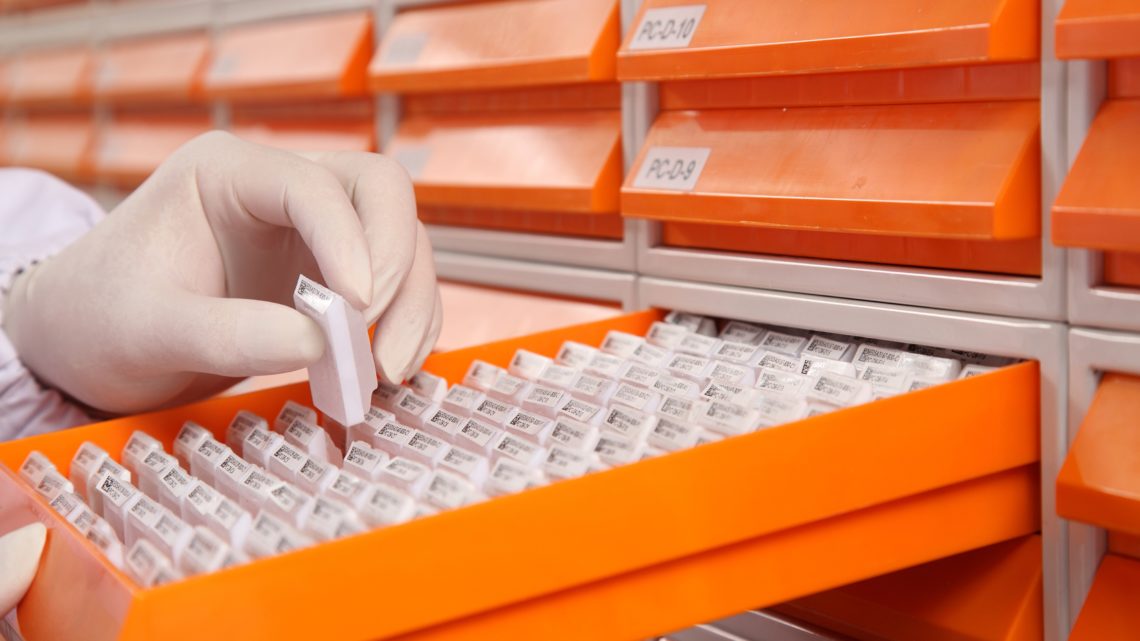
Importance Of Paraffin-Embedded Tissue In Genetic Research
December 14, 2018Due to easy availability of advanced and customized medical care for everyone around the globe Gene expression profiling has developed over the years to a great extent. Microarray and related technologies have helped medical practitioners to properly diagnose diseases that have high mortality rate such as breast cancer. Modern-day genetic research involves the use of paraffin embedded tissue samples that are better when it comes to retaining genetic material compared to other tissue sample preserving methods.
The current rate of development in the world of genetic research took its time to reach this point due to several technical snafus researchers faced in perfecting hybridization techniques. On top of that, previously, researchers only had access to frozen tissue samples that have a bad reputation when it comes to retaining genetic material in their true form. On top of that, lack of proper infrastructure in tissue banks led to the quick deterioration of the samples along with the absence of follow-up data, and clinic-pathologic information further added upon the already burdening situation.
With the advent of paraffin-embedded tissue samples, researchers now have access to fresh and intact genetic material that they can use readily for their research. Paraffin-embedded tissue samples better than the regular, run-of-the-mill frozen tissue samples in more ways than anyone can imagine. It is an efficient way to collect genetic data from large groups of people, be it on the field or in clinical trials.
Why use paraffin-embedded tissue for research?
Back in the day, extracting genetic information from tissue sample was not an easy task but with the advent of paraffin-embedded tissue samples researchers can let out a sigh of relief. Using commercial genetic information extraction kits, one can easily collect the necessary information in minimal time delay. In the past, when genetic information was extracted from frozen samples, not only the process was tough, to begin with, but the most frowned upon part was that of low yields in genetic material that is intact. The obtained RNA was often found to be degraded heavily or worse, chemically modified. On top of that, frozen tissue samples were known for their sensitivity that often led to pre-analytical variability that further led to unwanted and sometimes altered results.
Studies have also shown that frozen tissue samples were incapable of producing genetic material that can shed light on information one might be looking for that is applicable for a range of diseases. Such is not the case with paraffin-embedded tissue samples.
As per the latest results compiled from clinical trials and in-depth research, when correctly processed all the while using the right techniques, paraffin-embedded tissue samples are perfect when one is looking for biologically meaningful and reliable results.
What one can take away from this post is that recent immunohistochemistry data compiled by leading genetic researchers showed strong agreement on the fact that paraffin-embedded tissue samples are perfect for genetic research. When compared to frozen samples, paraffin-embedded samples are much more reliable when it comes to strict deadlines, reliable information especially when one is looking for confirmation in sensitive cases like the cancer diagnosis.










